AO Edited
Cappella Colleoni
If you ever wanted to touch a medieval mercenary’s three testicles, look no further.
On the front gate, the sarcophagus, and the walls of Cappella Colleoni in Bergamo, you can see the coat of arms of the Colleoni family, which consists of three testicles.
The origins of this unusual coat of arms likely stem from the etymological connection of the family name Colleoni and coglioni, the vulgar Italian term for testicles. So far, so good, but why three? Rumor has it that Bartolomeo was affected with polyorchidism, a rare congenital anomaly endowing one with an extra testicle. Appealing as this explanation may be, there is no evidence that this is the case. Besides, the same coat of arms had been in use for decades before Bartolomeo’s birth.
Nevertheless, Colleoni’s coat of arms must have caught people’s imagination, for even the occasional observer will notice that the coat of arms on the gate of Cappella Colleoni is heavily discolored. It was—and perhaps still is—commonly believed that it would be auspicious to touch the three testicles on Colleoni’s coat of arms. Even these days, it is not uncommon to see visitors rubbing them. They may not be Bartolomeo’s real testicles, but they are, symbolically speaking still his. If you ever wanted to touch a medieval mercenary’s three testicles, seek no further.
Cappella Colleoni houses the remains of Bartolomeo Colleoni (1395-1475) and his beloved daughter Medea. Bartolomeo was a famous condottiere, a captain of a mercenary army during the Middle Ages. As a mercenary, he served the longest in the army of the Republic of Venice, fighting wars throughout the territory that in due time became modern Italy.
Toward the end of his life, Bartolomeo decided to retire in his native land of Bergamo and intended to build a chapel to house his own remains. The chapel was to be built in the medieval quarters of Bergamo Alta, replacing the existing church’s sacristy. However, Bartolomeo’s reputation as a ruthless man preceded him, and the local clergy was not taken with his idea. True to his belligerent self, Bartolomeo ordered his men to attack and destroy the sacristy. In one fell swoop, he freed up space for his chapel and sent a powerful message to his adversaries.
Architect and engineer Giovanni Antonio Amedeo oversaw the building of the Cappella Colleoni between 1472 and 1476. The chapel was to fit in with the surrounding buildings, yet Bartolomeo expected the building to stand out for its beauty. The architectural solutions adopted by Amadeo took the shape of a square building, consisting of a central hall and a small room with the altar, which on the one hand is a stylistic continuation of the nearby basilica (for example, the choice of covering and the colors of the façade) and, on the other hand, it imposes its spatial pre-eminence by overtaking, along the axis of the square, the porch of the adjacent basilica. Confirming the spatial and artistic primacy of the monumental chapel is the façade, whose rich decorative composition is the synthesis of the combined use of chromatic, plastic, and architectural elements that recall the classical, Romanesque, and Renaissance styles.



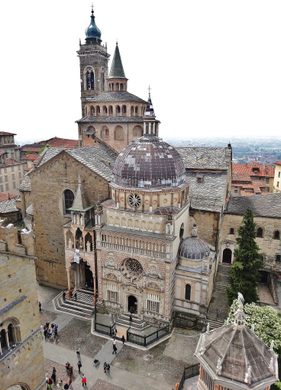

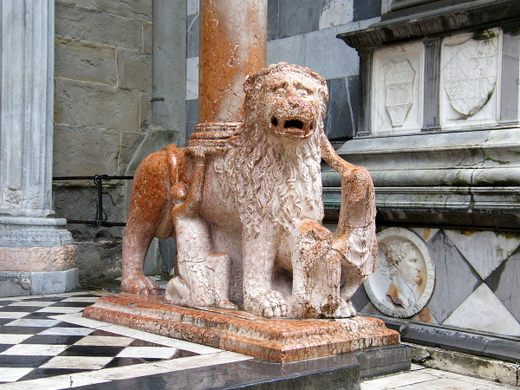
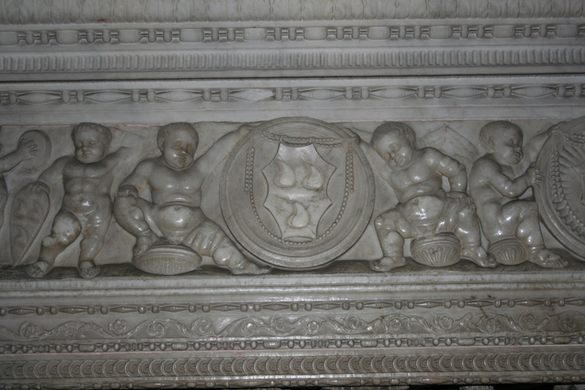












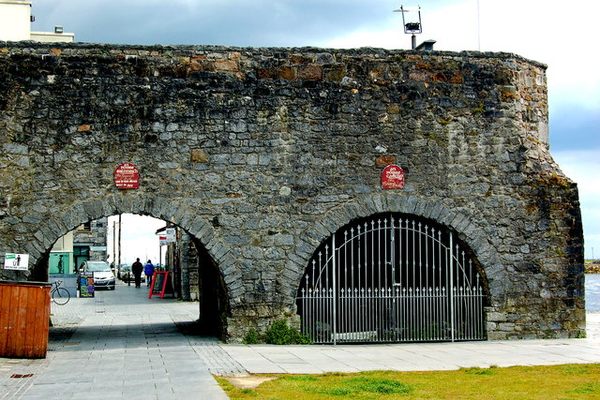
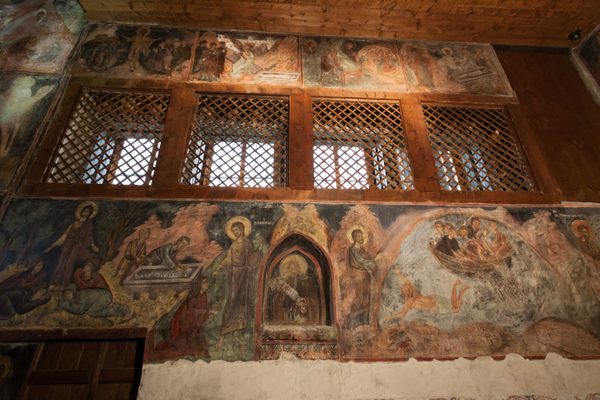
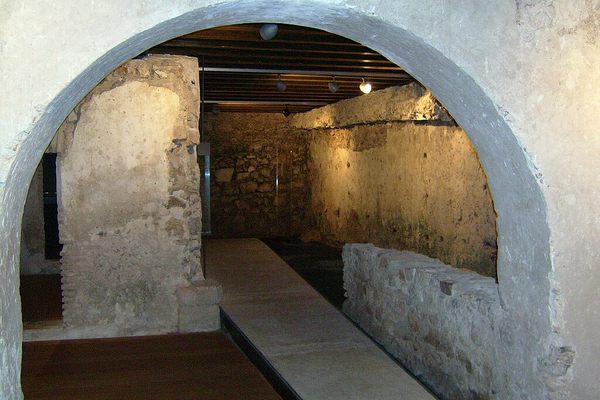


Follow us on Twitter to get the latest on the world's hidden wonders.
Like us on Facebook to get the latest on the world's hidden wonders.
Follow us on Twitter Like us on Facebook